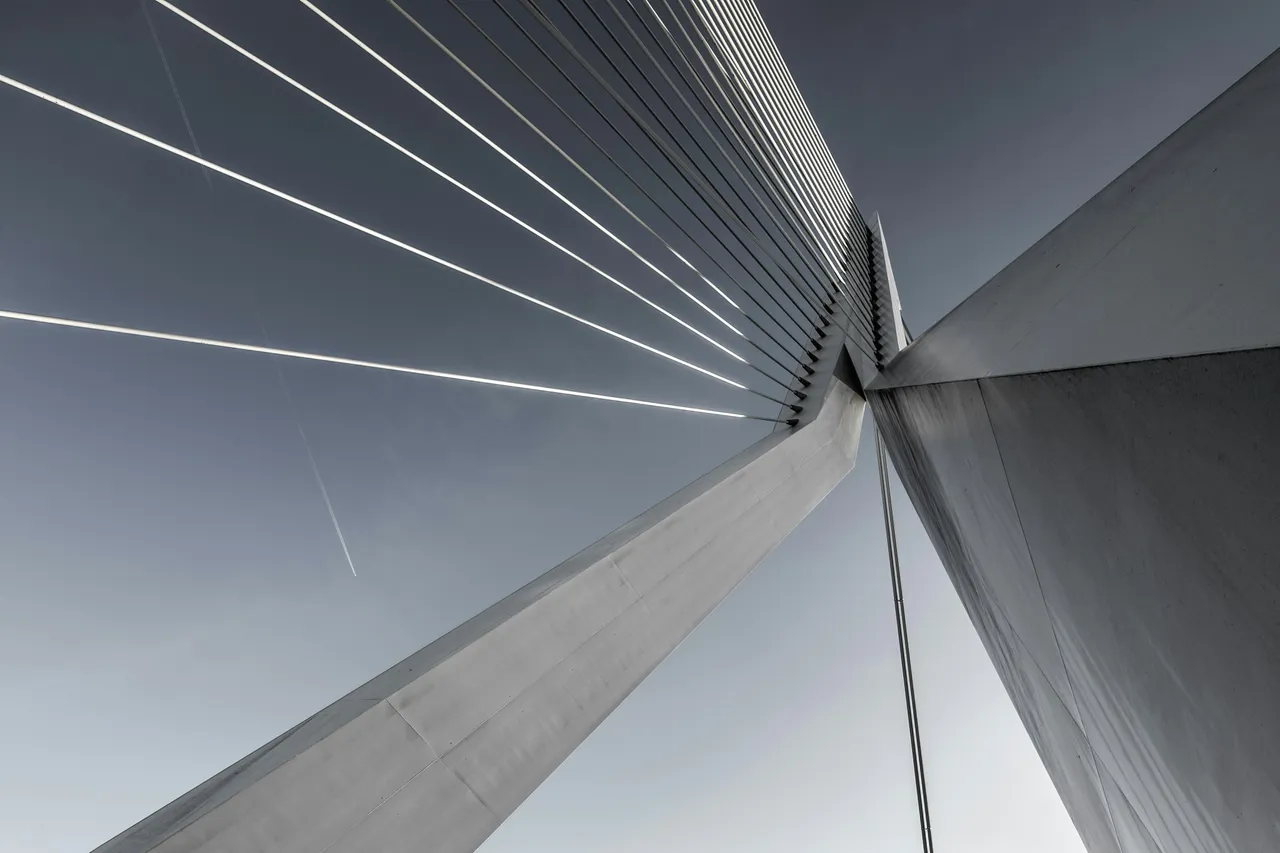Innovative Building Techniques That Are Changing the Face of Modern Architecture

Exploring innovative building techniques is crucial in pushing the boundaries of what is possible in modern architecture. These methods not only redefine the skyline but also emphasize sustainability and efficiency. In this article, we delve into several groundbreaking techniques that are shaping the future of construction and design.
Prefabricated Construction
Prefabricated construction involves assembling components of a structure in a manufacturing site and transporting them to the location of the building. This technique significantly reduces construction time, minimizes waste, and can ensure higher quality control. With advancements in technology, prefabricated buildings are now more versatile than ever, capable of achieving intricate designs that were previously thought impossible. This method is not just about efficiency; it's about opening up new possibilities in architectural design, allowing for more complex, sustainable, and creative structures.
Prefabrication has also paved the way for modular construction, where entire rooms can be crafted off-site and then pieced together like a giant puzzle. This approach is revolutionizing the construction industry by reducing on-site work, minimizing disruptions, and slashing construction timelines.
3D Printing in Construction
3D printing, or additive manufacturing, is another revolutionary technique that is transforming the way structures are built. From small components to entire buildings, 3D printing allows for the creation of complex, bespoke shapes with reduced material waste and lower costs. This method provides architects and builders with unprecedented design freedom, enabling the creation of forms and structures that would be difficult, if not impossible, to achieve with traditional construction methods.
The environmental impact of 3D printing in construction is also noteworthy. By using materials more efficiently and reducing the need for transportation (as materials can be printed on-site), this technique significantly lowers the carbon footprint of construction projects. As the technology advances, 3D printed buildings are becoming more mainstream, heralding a new era in sustainable and innovative architecture.
Green Building Materials
The shift towards sustainable construction has led to the development and use of green building materials. These materials, ranging from bamboo and recycled plastic to newer innovations like self-healing concrete, are not only environmentally friendly but also add to the aesthetic and functional value of buildings. Green building materials can significantly reduce the carbon footprint of a structure throughout its lifecycle, from construction to demolition.
Incorporating these materials into modern architecture promotes not only environmental sustainability but also health and well-being. Buildings designed with natural, non-toxic materials contribute to cleaner indoor air quality and a healthier living environment. The use of green materials is becoming a hallmark of innovative architecture, symbolizing a commitment to the planet and future generations.
Smart Glass Technology
Smart glass technology, which allows windows to change their opacity in response to electrical stimuli, represents a significant leap forward in energy efficiency and building design. This innovative material can reduce the need for heating, ventilation, and air conditioning (HVAC) systems, lower energy costs, and increase the comfort of occupants. Furthermore, smart glass enhances the aesthetic appeal of buildings, offering sleek, futuristic facades that can adapt throughout the day.
The application of smart glass goes beyond aesthetic and environmental benefits. It also plays a crucial role in privacy and security, offering instant opacity changes for interior glass partitions or external windows. As smart glass technology continues to evolve, it will undoubtedly play a pivotal role in the future of modern architecture, merging functionality with cutting-edge design.
In conclusion, these innovative building techniques are not only changing the face of modern architecture but are also paving the way for a more sustainable, efficient, and aesthetically pleasing built environment. As we continue to explore and adopt these methods, the possibilities for future construction and design seem limitless.
This article was developed using available sources and analyses through an automated process. We strive to provide accurate information, but it might contain mistakes. If you have any feedback, we'll gladly take it into account! Learn more